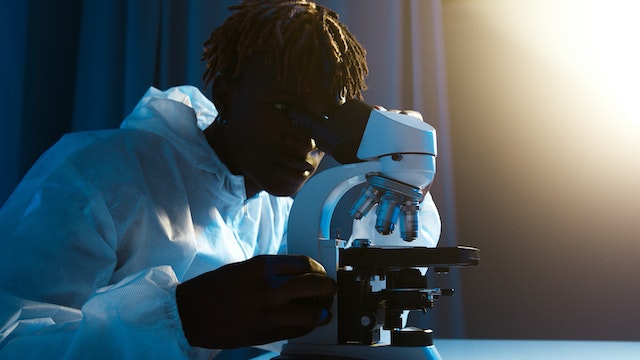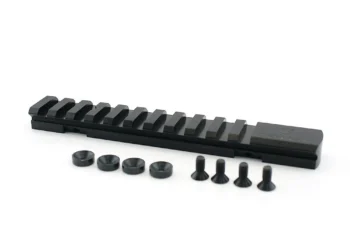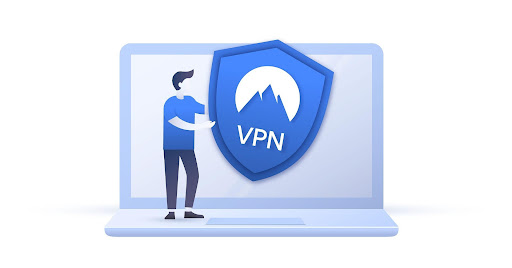Drugs can either present us with a new life or simply comfort us with a quick fix. However, they have to go through some drug valuation techniques to test if they’re suitable to thrive in the market.
Discovering a new drug can be pretty capricious! Sending a unique drug to the public doesn’t necessarily confirm a cure has been invented.
So during the drug development procedure and after being sold in the market, these drugs need to be monitored to determine their valuation.
This confirms its remediating properties, versatility, and of course pricing. In simple words, drug valuation decides a drug’s worth. Based on this, further clinical research can motivate personalized medicine and even new treatments.
To break it down further, we’ve gathered information about drug valuation techniques. So stay tuned!
Drug Valuation Techniques
Drug valuation techniques consist of paying attention to detail. It makes or breaks a drug’s worth of being sold in the market. These techniques include:
Evaluate the Worth of Your Early Drug Candidate
The primary motive is to come up with a new drug candidate that is totally filled with potential.
However further advancements in drug development require huge funds by partnering with different pharmaceutical companies. This is when you need to estimate the value of your potential drug candidate.
Drug development consists of numerous trials of refinements and approvals to select the chosen drug samples. So if your drug candidate isn’t even approved by the FDA at a base level, then it’s destined to be rejected. However, it may show potential during stage II and above because of their certainty.
So your value estimation can be initialized with the help of sunk costs. These expenses can never be recovered. It can include the amount of fees you paid the researchers, the total money you spent on the research altogether, or maybe even the patent costs.
Next is the replacement cost. These costs determine what if pharmaceutical companies replicate your drugs instead of partnering up with you. So it estimates the uniqueness of your drug candidate.
To remove uncertainty, you can follow up with discounted cash flow modeling that unravels its estimated expenses and revenues. The present value is then compared to the future value in case its worth is lessened over time.
Finally, look out for companies with similar drug candidates at the same stage and then differentiate between them.
Therefore, you can evaluate the worth of your early drug candidate by combining these four methods.
Understand how your Drug Effects Human Health
Preclinical research doesn’t necessarily eliminate all the residual side-effects of your discovered drug. Therefore, clinical research is extremely important to understand if your drug will potentially heal humans and as a matter of fact, survive in the market.
As scary as it sounds, yes clinical trials are in fact carried out in humans! But don’t worry as consent forms are signed before moving on with this process. It is divided into four steps, starting from a handful of people and increasing it across a whole region.
Acute single doses are first subjected to these participants. The doses are slowly increased to understand its estimated limit. Therefore, this experiment is necessary for canceling out any potential side effects from emerging.
Next, the population of patients increases along with the doses. However, this stage is usually conducted to compare between this new drug and an old one that has been available. This is used to judge if the new drug is more effective than the previously available one.
After that, thousands of patients with the same kind of disease, such as high blood pressure, are gathered for this trial. So they are given the same doses to understand if the drug is causing therapeutic benefits to the candidates.
Finally, more patients are tested for the approval of these drugs. The FDA goes through all the reports to approve these drugs and also comes up with the labeling warning people of their potential side effects.
Determine the Cost-effectiveness of your Drug
Before selling the drug to the market, several clinical trials are required to be approved. So cost-effectiveness analysis determines if the drug is really worthy of being distributed all over the dispensaries.
It finds the intersection between the cost spent making a drug and its potential health benefits. Based on it, the FDA guides their policy in terms of drug regulation. It can also determine the amount of dose a person needs to achieve therapeutic benefits from a certain drug.
Firstly, you need to compare your approved drug to other drugs of a similar category. Then the idea is simple – if your drug costs less but provides more therapeutic benefits, then it checks all the boxes! So your product is more cost-effective than other alternatives. On the contrary, if it’s more costly with moderate benefits, then it will surely be overshadowed in the market!
For example, aspirins are proven to provide long-lasting relief from severe headaches including migraine problems. They also cost pretty little. A close competitor is Advil from the ibuprofen category. These are said to treat minor cramps but cost more than aspirin. Therefore, patients are more likely to gravitate towards aspirin compared to ibuprofen.
So it’s better for your drug publicity while distributing in the market. This is how you can determine the cost-effectiveness of your drug by following these techniques.
Find Out if your Drug has a Competitor
Now if you’ve come up with a groundbreaking drug, then technically you’ll face a lot of competitors who will try to replicate your drug. Similarly, you can also face competition if you copy an old formula to compete with an existing drug treating the same disease.
This means competition will be prevalent whenever you send a new drug to the marketplace. But to identify your competitors, first do a thorough market research. You’ll easily find one or two similar drug distributors that can be a threat.
You can also identify your competitors from social media advertisements. They will definitely pop up once you go searching for online communities.
Try to outperform them by understanding their marketing strategies as well as the ingredients used to develop their drug.
Your customers will be loyal once they are pleased with your product. Otherwise, they will remind you about your competitors. A good review on your drug will open gates for new customers and at the same time trigger your competitors. Therefore, customer feedback is extremely crucial.
Most importantly, healthcare professionals and patients will identify which drug to choose. They will most likely go for those drugs that are less expensive but provide phenomenal benefits.
As a result, by identifying your competitors, you can definitely improve your drug distribution. This can be in terms of refining its quality or simply expanding your marketing game.
Validate the Market Pricing for your Drug
And at last, pricing is deemed to be the most pivotal element of drug valuation. This is because it single-handedly makes or breaks the progress and profit of a pharmaceutical company. Now the cumulation of all the aforementioned techniques allows us to validate its pricing.
Most drugs are already accessible in the market which is why your drug candidate needs to be unique. If the market is completely saturated with the kind of drug you discovered, your product won’t be successful. Therefore, you’re required to find a miracle – like the availability of COVID-19 drugs can boost your drug pricing.
Now if your drug gets popular, it will face competition. More competition means your drug has to be significantly effective with less pricing.
Suppose your drug caused life-changing effects on patients. This is when you can increase its pricing as you’re reducing the number of doctor visits.
But mostly it’s based on the demand for your product. If the demand for your drug intensifies but the supply is significantly less as your product is unique, then pricing can skyrocket. However, if the demand increases for more available drugs, then the prices should be extremely reduced.
Some cancer immunotherapy drugs can go up to 6 figures as they cause life-altering miracles. Moreover, manufacturing personalized drugs can also make you tons of money if developed precisely.
Bottom Line
Drug valuation techniques are composed of multiple trials and errors to judge the value of a drug. This is an ongoing process while developing or distributing drugs to the market. And by now you’re definitely familiar with the drug valuation techniques.
In short, by keeping up with these drug valuation techniques you can identify if a drug is suitable to cure patients. Determining your early drug candidate’s worth can attract partnership opportunities. Clinical research nullifies the side effects. Cost-effectiveness will judge which drug is better. Researching about competitors will open room for betterment. Finally, setting an appropriate pricing can help you progress in the long run.
Therefore, by following these drug valuation techniques, you can estimate your drug’s worth. This will assist you in making huge bucks!







